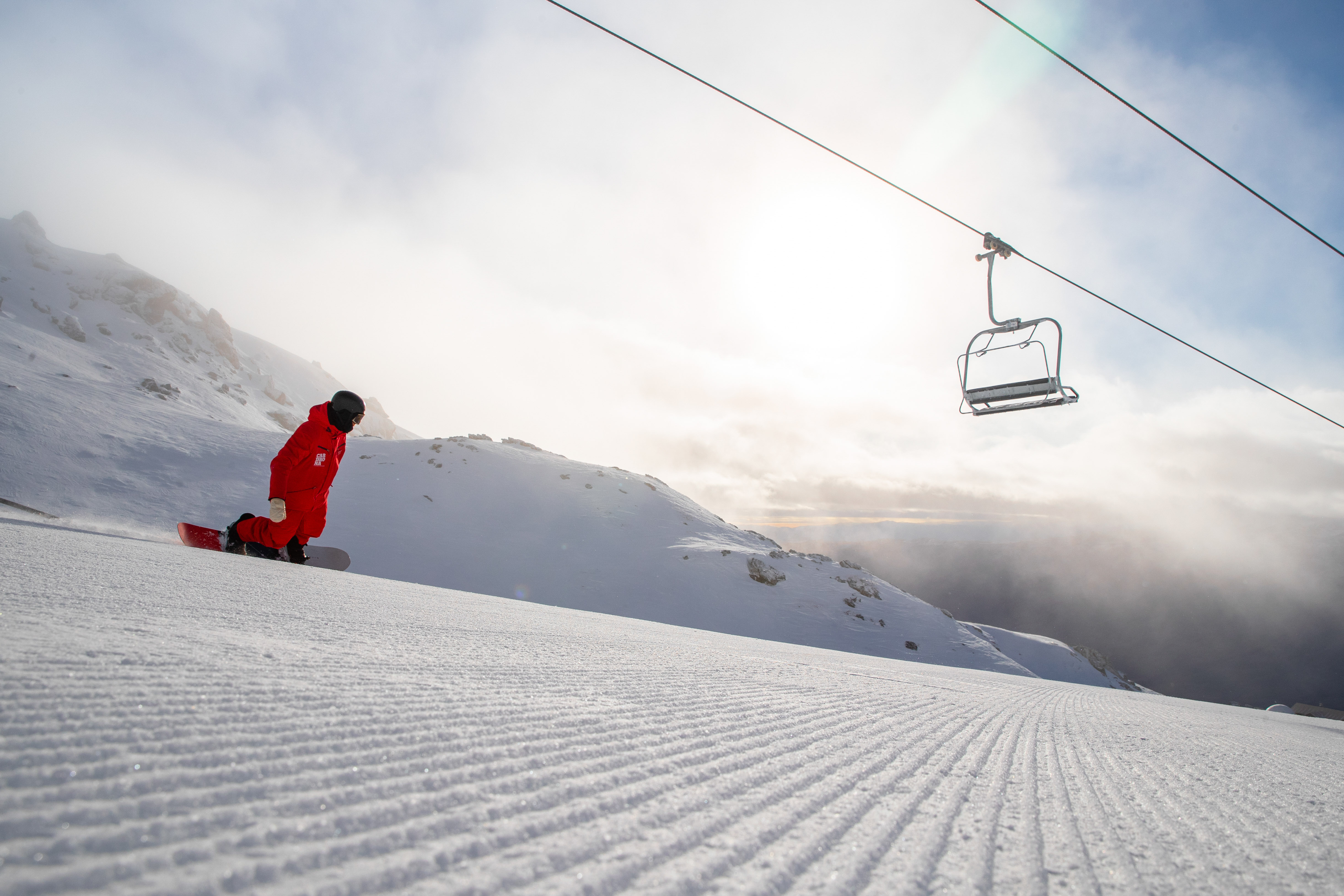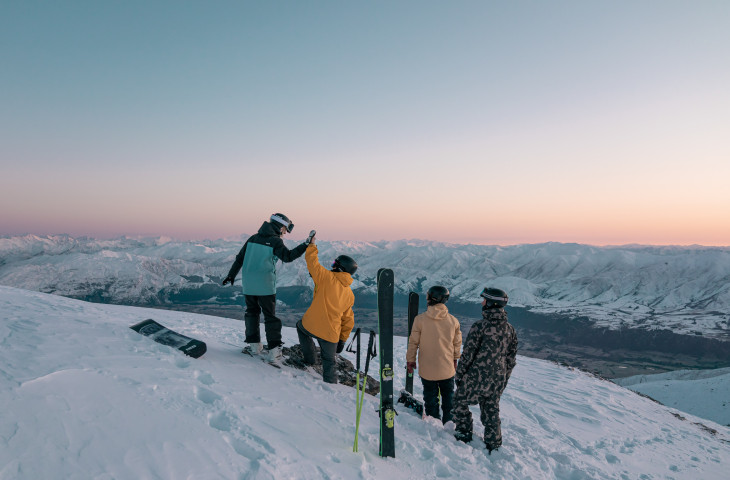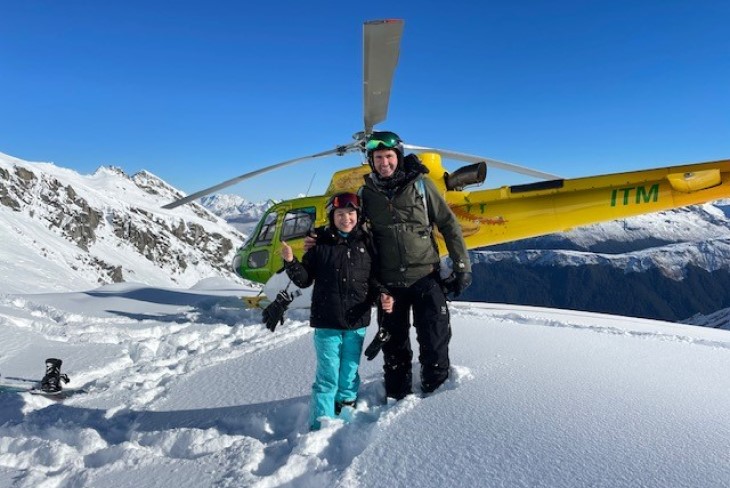Know your limits to enjoy the ski season

We spent more than $44 million last year helping people recover from snow sports-related activities. Now we're challenging people to take a moment to consider the risk of injury.
People heading to the mountain this winter might want to stop and think about their workmates and their family before they hit the slopes.
New data from ACC shows that in 2024 we supported 1,018 New Zealanders with weekly compensation for loss of income following a skiing or snowboarding injury.
When a person is seriously injured and unable to work, we’ll pay up to 80 per cent of the person’s income as weekly compensation, so they’re still paid while they recover.
A total of 69,179 days of weekly compensation were paid by ACC for snow sports injuries, at a cost of $10 million.
‘Have a hmmm’ on the slopes
ACC Injury Prevention Leader James Whitaker is challenging all New Zealanders to ‘Have a hmmm’ and think about the risk of injury heading into the snow sports season.
“Hitting the slopes with friends and family is one of the most wonderful things you can do in New Zealand,” he says.
“We want everyone to embrace that and enjoy this winter season on the slopes safely so they can keep doing what they love.
“If we get injured on the slopes, it can significantly affect our lives, as well as the lives of friends, family and workmates.”
The cost of injuries
In 2024, we accepted 7,632 skiing injuries, which came at a cost of $30 million to help people recover. We also accepted 5,104 snowboarding injuries, which cost $14 million.
James says it’s good to prepare your body well before heading up the slopes.
“If you're hitting the slopes, complete a good dynamic warm-up before you do your first run. That will get you ready for the fun day ahead,” he says.
“You don’t want to get injured on one of your first trips to the mountain and spend months on the couch while your mates are heading away every weekend.”
A loss of balance or personal control was the leading cause of injury, ahead of a twisting movement, for both snowboarding and skiing.
The knees (2,165) and shoulders (943) were the most hurt parts of the body in skiing, while shoulders (875), knee (584) and hand or wrist (569) were the most injured parts of the body in snowboarding.

Tips for staying safe on the snow
- Know and follow the snow safety code
- Know your limits and choose the right run
- Protect yourself and wear the right gear
- Find your space and leave room for others
- Check the conditions and be prepared for anything because things can change quickly
- Take it easy on the first few runs, then gradually speed things up/go a bit harder
- Pay attention to your energy levels – have a break, a drink and some kai if you’re getting tired

The Snow Safety Code
The Snow Safety Code is delivered by the Ski Areas Association of New Zealand and ACC.
Know Your Limits
- Ride to your ability, control your speed
- Be aware of the conditions
- Take a lesson
Find Your Space
- Stop where you can be seen
- Give others room
- Look ahead
Protect Yourself
- Obey all signs and closures
- Tired? Take a rest
- Wear a helmet




